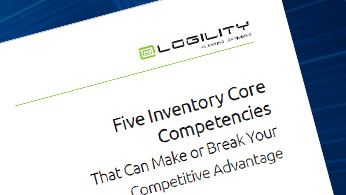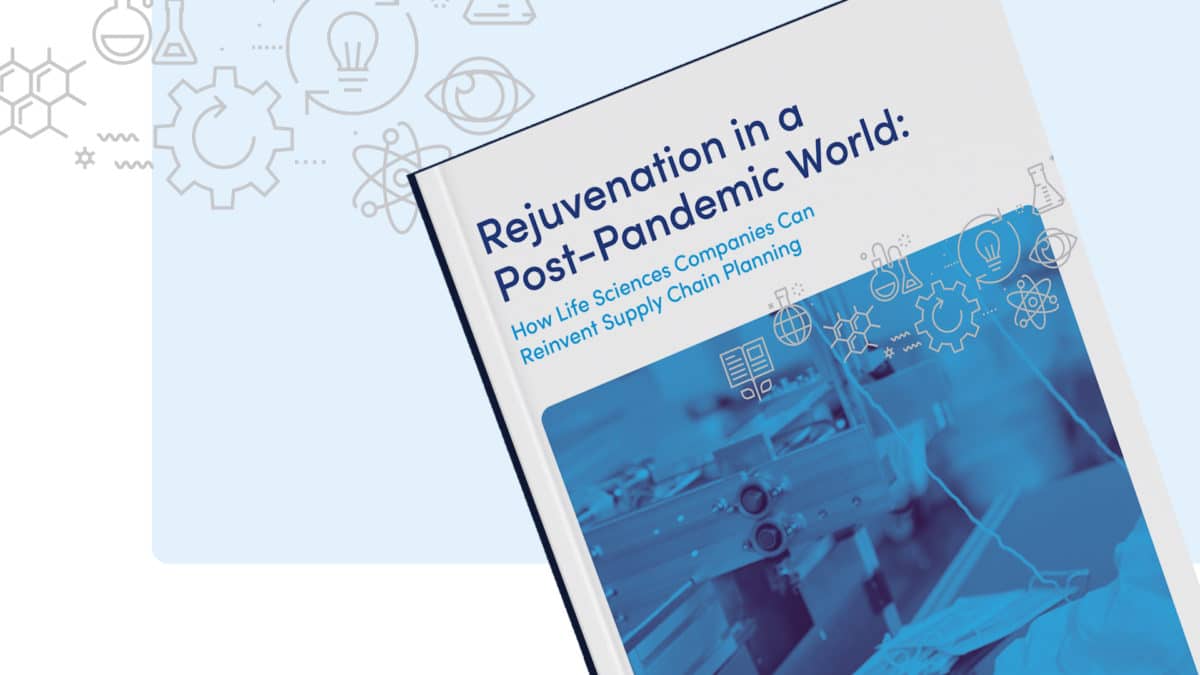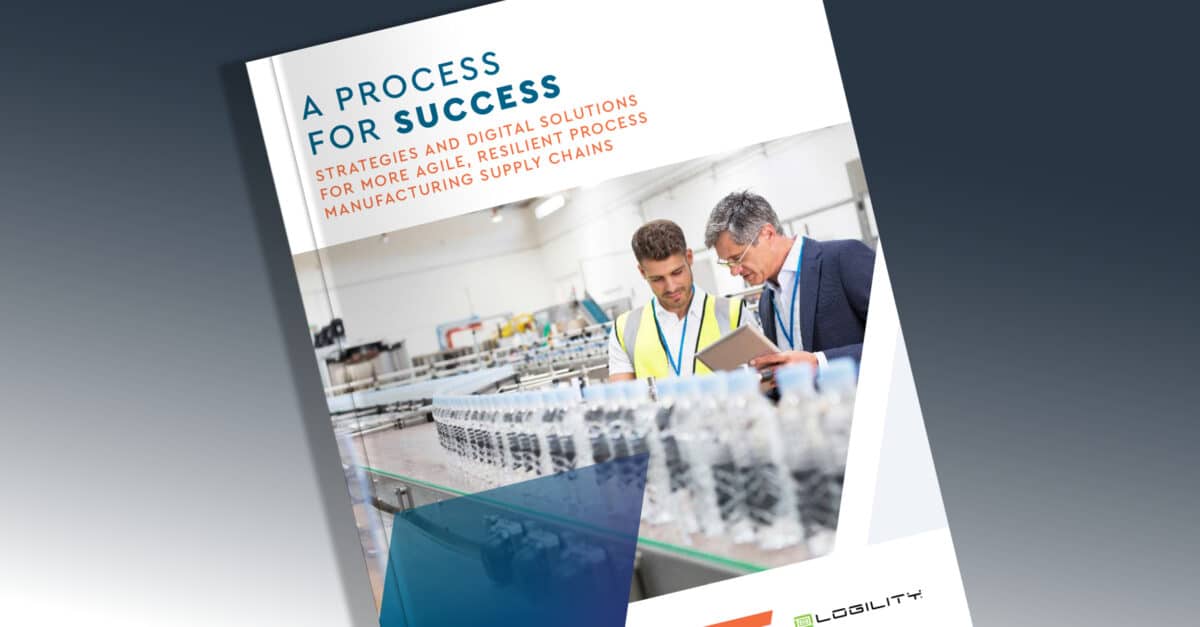Five Inventory Core Competencies To Make or Break Your Competitive Advantage

Description
It’s a fact — using supply chain software to make Inventory Optimization (IO) a core competency increases competitive advantage. At every earnings call, analysts question how inventory turns stack up against the competition. Companies who embrace IO as a discipline know exactly where their inventory is and why, and can confidently defend the deployment of company assets. Inventory Optimization has proven to be a sustainable process to free up millions of dollars in working capital by reducing inventory without damaging service levels.
A key characteristic of best-in-class companies is their success in using Inventory Optimization (IO) and cash management techniques to free up working capital. The amount of a company’s working capital trapped in inventory can be expressed as days’ inventory outstanding (DIO). As DIO rises due to factors such as slower sales, longer supply chains, SKU proliferation, and higher obsolescence, return on capital employed drops, which can hamper a company’s ability to compete, especially when financing is hard to come by.
To combat these and other supply chain software challenges, operations research experts developed a discipline called Inventory Optimization. Early adopters realized hundreds of millions of dollars in documented savings through smarter inventory reductions without sacrificing sales revenue or missing customer commitments. Other supply chains took notice and IO began its evolution from an algorithm-driven point analysis to a spectrum of integrated best practices.
This white paper describes five core competencies in your supply chain software to put into practice, including inventory optimization across raw material inventory (RMI), work-in-process (WIP) and finished goods inventory (FGI).
Complete form to download White Paper
This site is protected by reCAPTCHA. Google Privacy Policy and Terms of Service apply.


